Liliana’s Hallacas, Venezuela’s Holiday Tradition
- December 2021
- By Liliana Hernández
- Recipe from Venezuela
-
- (18)
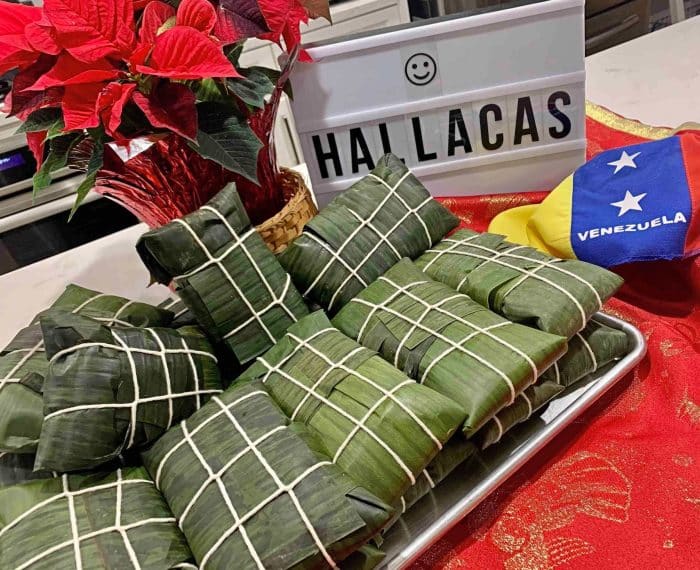
Hallacas are Venezuela’s delicious version of tamales, and the look-forward-to-all-year favorite comida of our No. 1 Venezuelan home cook Liliana Hernández. She makes them without fail every December, even though it’s muchísimo trabajo: a two-day labor of love. “I’m from Venezuela. We have been in the States eight years now, so our two sons say they feel pretty American. I want to make sure that they know they are also Venezuelan, and that they experience our tradition of eating this holiday meal every Christmas season.”
Hallacas are similar to Mexican tamales in that they are wrapped, steamed and filled with a delicious savory stew or guiso. But their differences are unmistakable: Venezuelan hallacas use precooked corn flour for their masa, not the dried and nixtamalized corn masa harina Mexican tamales use, and they are wrapped in banana or plantain leaves—not corn husks.
That said, hallacas are exactly like Mexican tamales in that they are a special meal made with mucho amor and trabajo in late December—with all the members of the family pitching in.
“I remember being a little girl in Venezuela and my whole family working together to make these hallacas,” says Liliana. ”I was the youngest and my special job was to wash the plantain leaves that we were going to be using for wrapping the tamales.”
The History of Hallacas in Venezuela
Hallacas are as traditional as food gets in Venezuela. They go back at least 500 years in the country’s comida history.
As Familia Kitchen’s culinary history buff Emilly Olivares reports in her article Venezuela’s Food History—Arepas, Hallacas y Más!: ”The hallaca’s exact origin isn’t recorded, however lore and food historians suggest that the dish was created during the Spanish colonization period by enslaved indigenous and African people. On festive occasions, they were known to gather the leftovers from the kitchens of the wealthy Spanish. Using masa de maíz, which we know was abundant and easy to access, they would make masa, fill it with the remnant comida, and wrap the resulting rellenos in banana leaves.”
We have a saying in Venezuela: The home that does not serve hallacas in December is a casa triste—a sad home.
Liliana Hernández, one of our favorite Venezuelan (and happiest) home cooks
Venezuela’s hallacas are made with “the same precooked, ground corn flour that we use to make our arepas,” says Liliana. Hallacas are usually stuffed with a guiso or stew made with beef, pork or chicken. Or, in Liliana’s case, all three—in the same filling.
”Our Venezuelan hallacas are like the Mexican tamales you find in Oaxaca, wrapped with plantain leaves. We Venezuelans love our carbs so much that even when we eat hallacas, we still add a piece of bread on the side.”
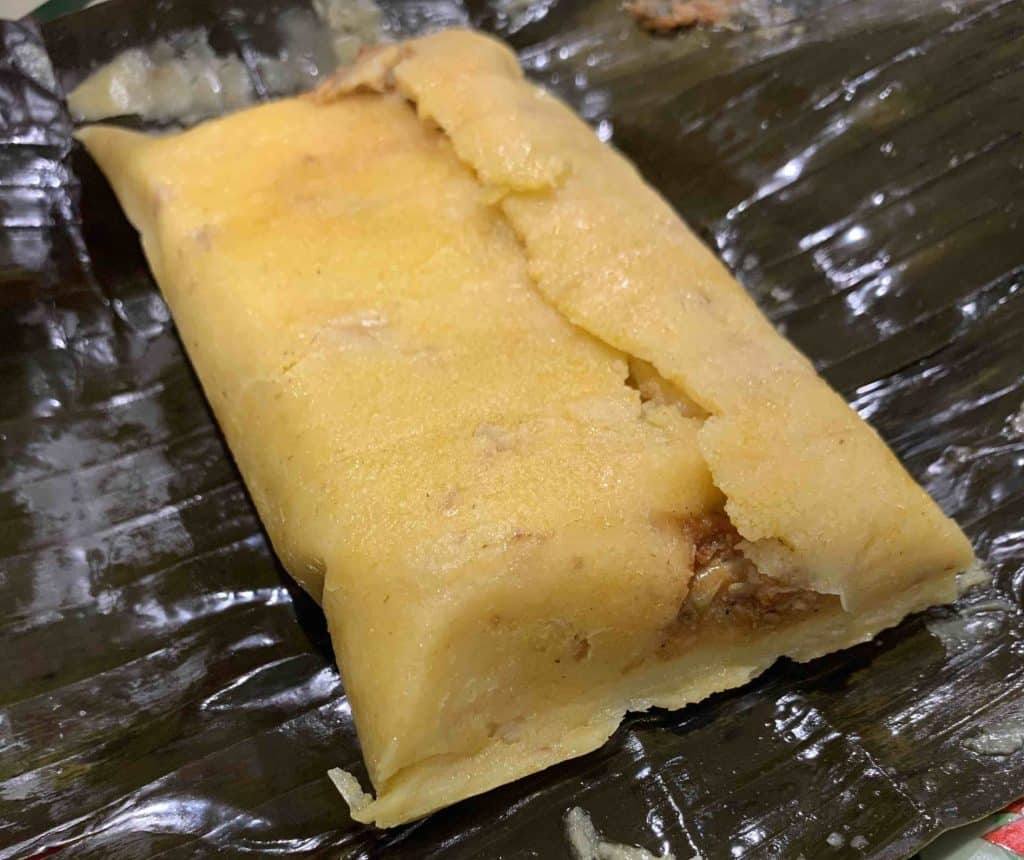
A Christmas Tradition in Venezuela
For a nostalgic Venezolana like Liliana, who lives in the Chicago area, the idea of Christmas without hallacas is … well, not Christmas.
“Hallacas are very sentimental for us. We have a saying in Venezuela: the home that does not serve hallacas in December is a casa triste—a sad home,” says Liliana. ”That’s why I have dedicated myself every single year to making sure that hallacas are made in my house. So that my sons have this tradition. They get into it and help me make them.”
Should non-Venezuelans take the time to cook them, too?
”You must make them!” says Liliana. Because—and we quote her three-exclamation-marks email to Familia Kitchen:—“¡¡¡Son DELICIOSAS!!!”
To see how Liliana make these plantain leaf-wrapped and steamed delicacies—step by step by step by step (Yes, there are muchos steps. Totally worth it!)—check out her video master class on hallacas.
And then, grab your family and friends and team-cook your way through preparing hallacas for the holidays. Liliana promises Venezuela makes the best masa-stuffed meal on earth.
For more of Liliana’s authentic Venezuelan family recipes, try her life-changing bienmesabe cake, asado negro main dish for celebrations, can’t-stop-at-one cheese-stuffed tequeños, handmade toasted corn flour arepas, reina pepiada and carne mechada arepa fillings, and her mother’s go-to ensalada rusa potato salad. All are 100% delicioso. And be sure to check out Liliana on her YouTube channel Mi Show de Cocina, where she is working her way through favorite Venezuelan dishes like these hallacas and more!
A Celebration of Tamales Around el Mundo
Curious about tamales around el mundo—and the many names they go by?
In honor of the festive holiday season this year and every year, Familia Kitchen is honored to spotlight special family-famous recipes of masa-stuffed wonders across Latino cultures. Whether they are called tamales, pasteles, hallacas, humitas, check out these beloved family-famous recipes:
• Luis’ Guatemalan tamales;
• Michelle and Pat’s Puerto Rican yuca, plantain, green bananas & pork pasteles;
• Doña Paula’s Belizean tamales;
• Lisa’s Panamanian chicken & pork tamales
• We even celebrate legendary Mexican artist Frida Kahlo’s favorite red pork tamales!
If you want to go deeper, check out our history of tamales and corn in Mexico and across Latinx cultures, and Angela’s culinary inquiry into why so many Mexican families eat tamales every Candelaria feast on February 2!
Check Out Liliana’s Master Class in Venezuelan Hallacas—Step by Step!

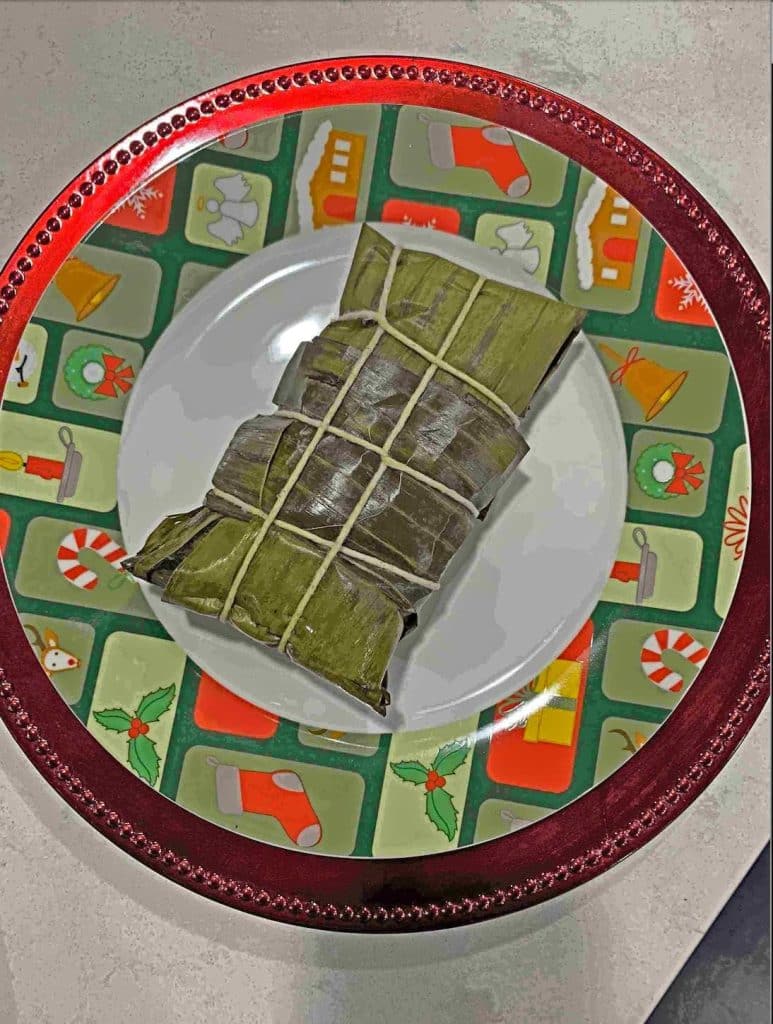
Like This

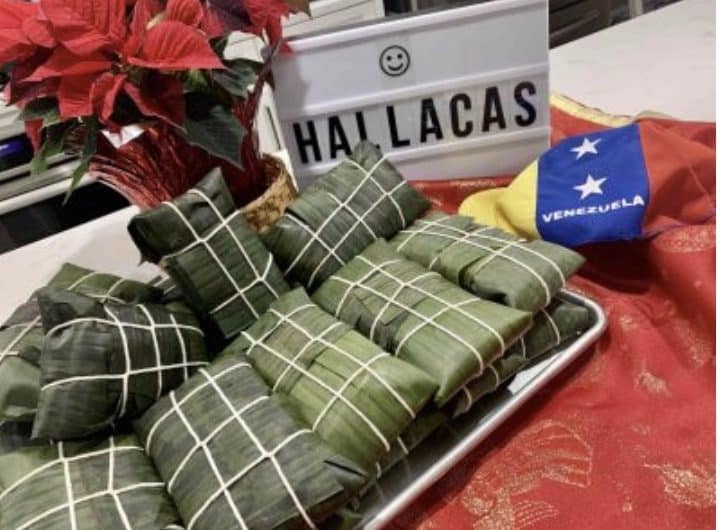
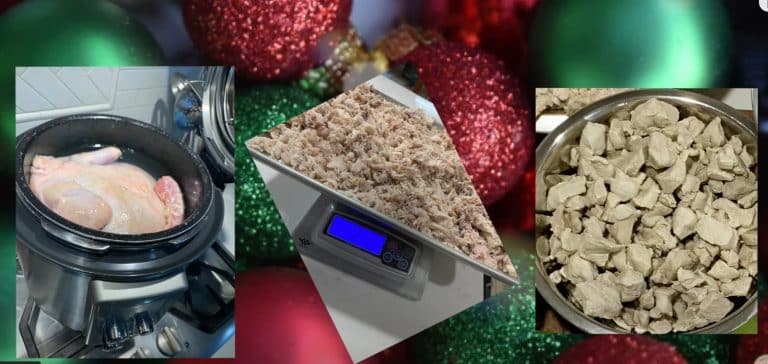
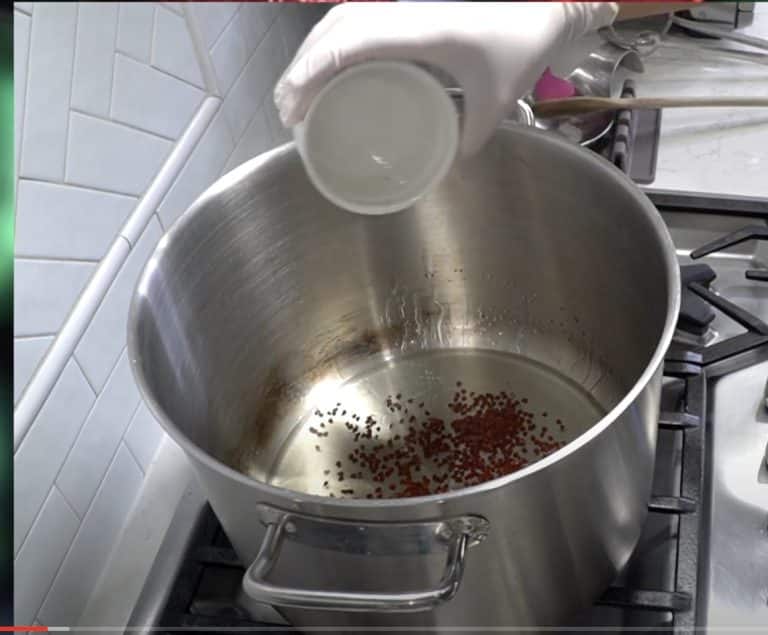

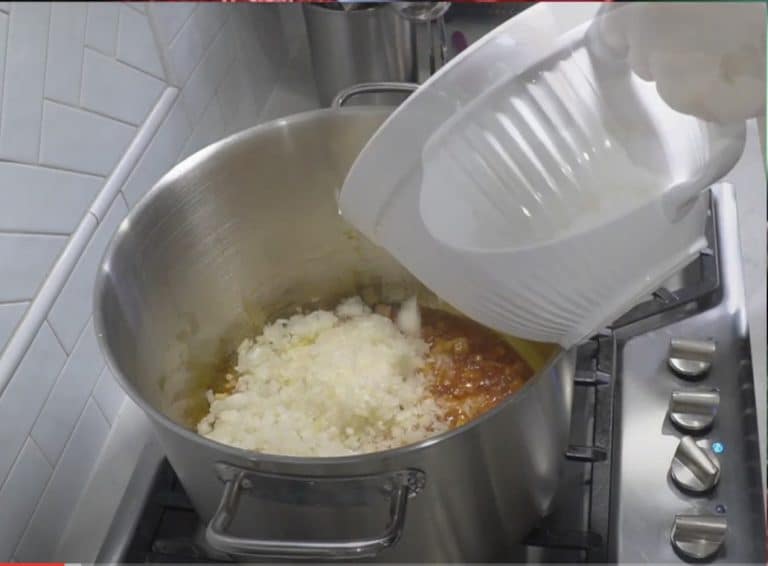
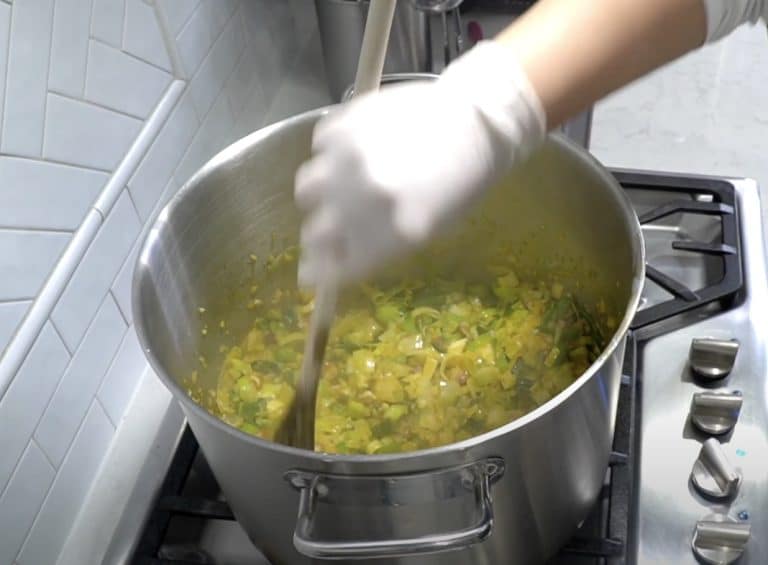
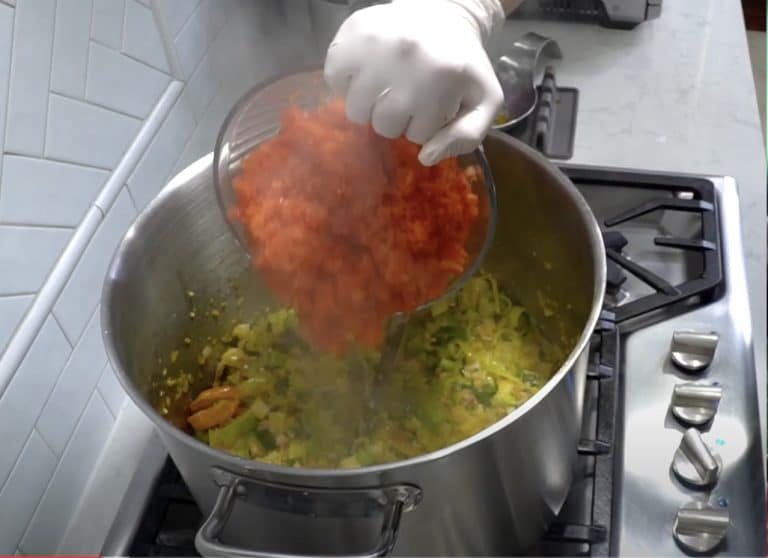
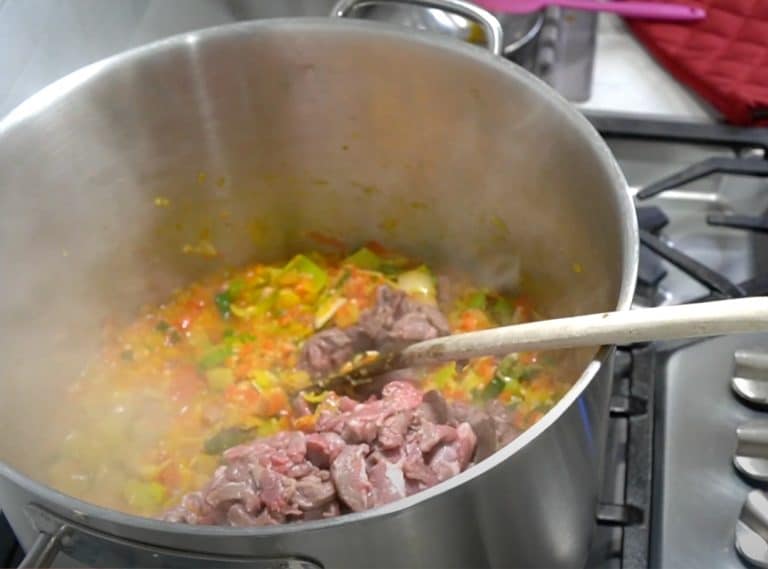
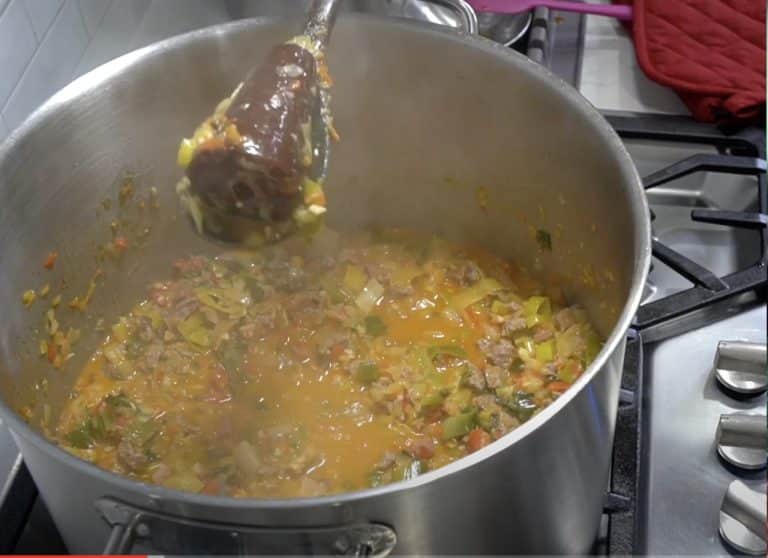
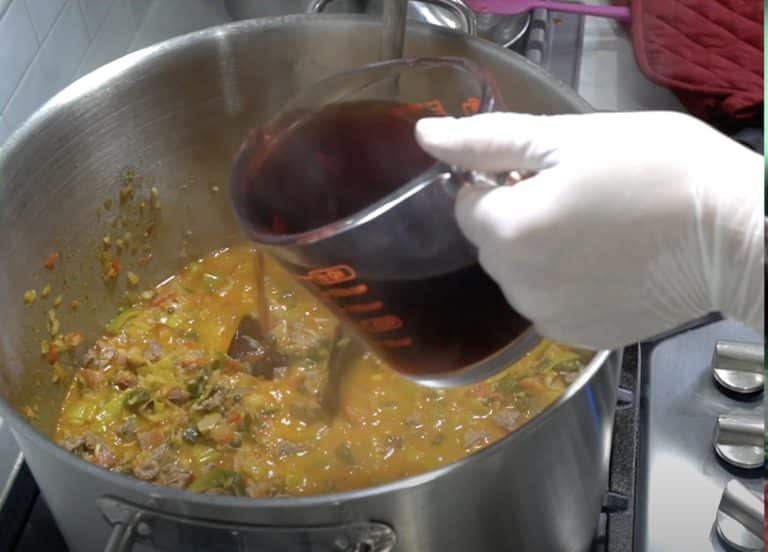

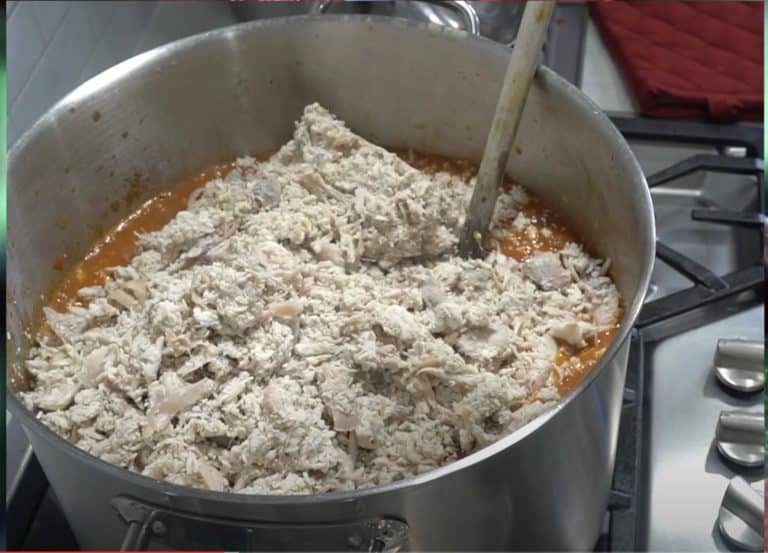
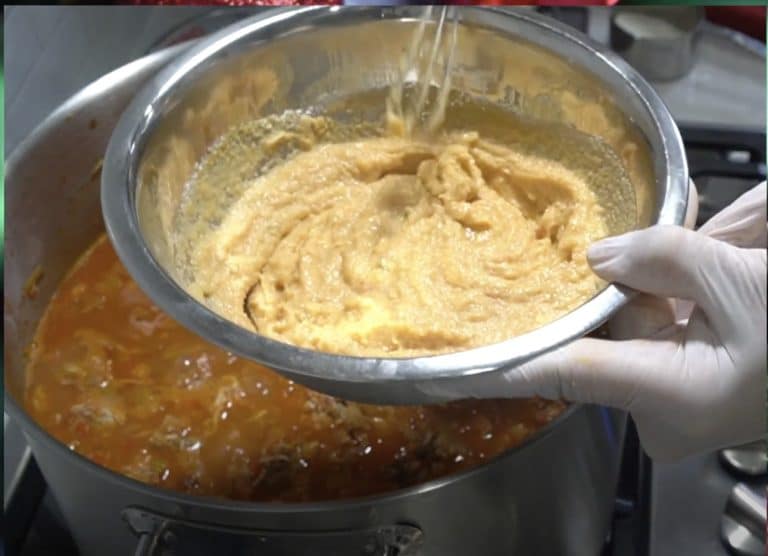

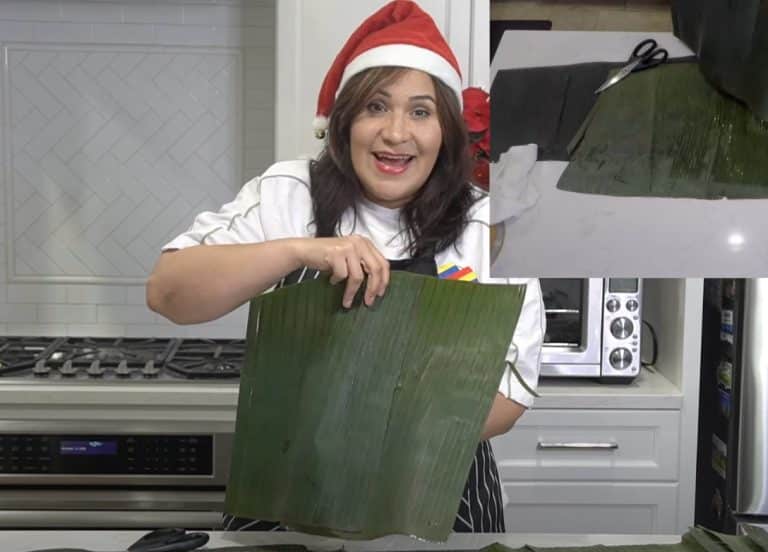
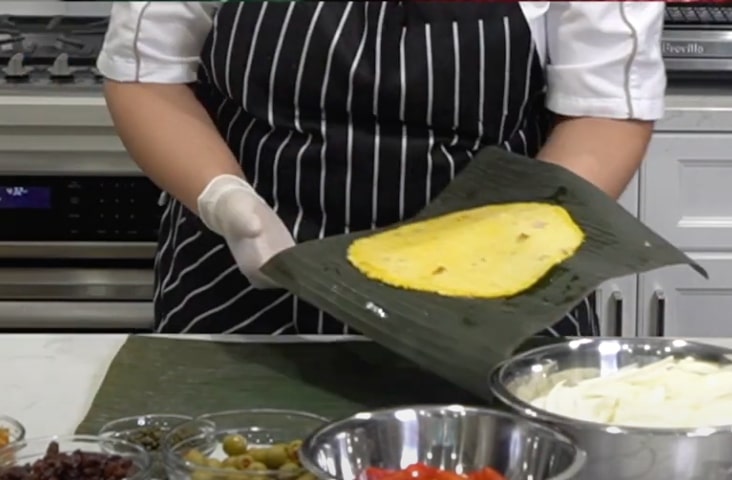
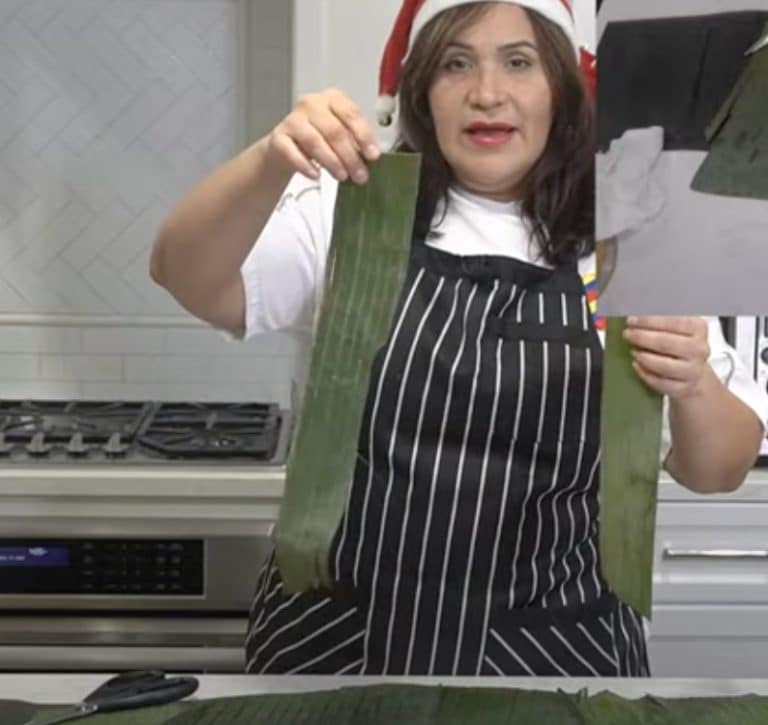



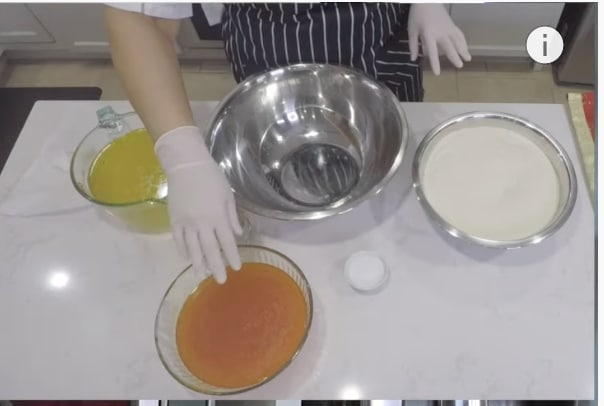
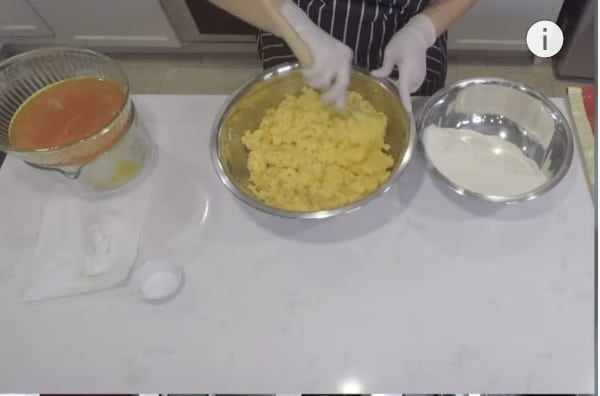
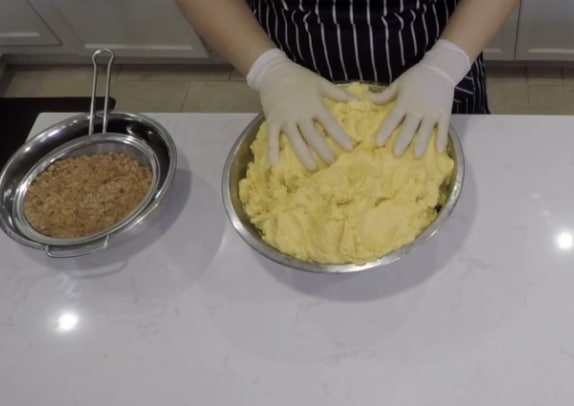
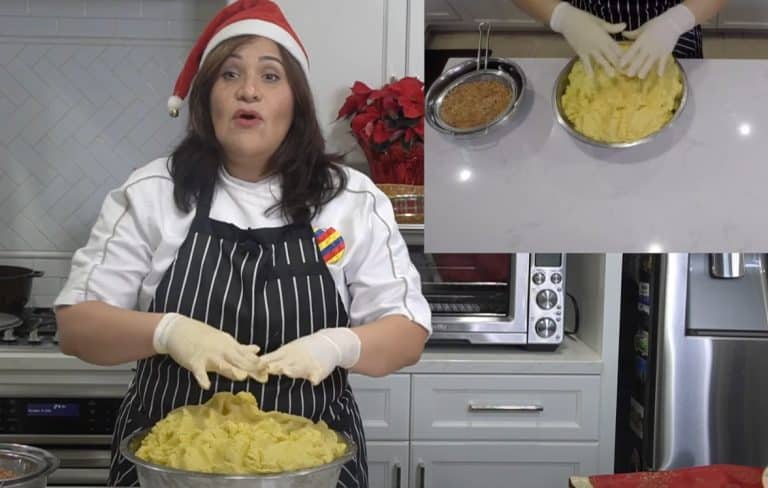


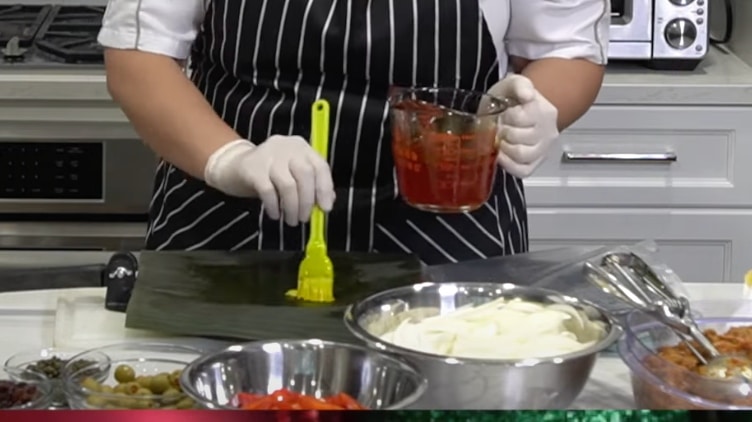
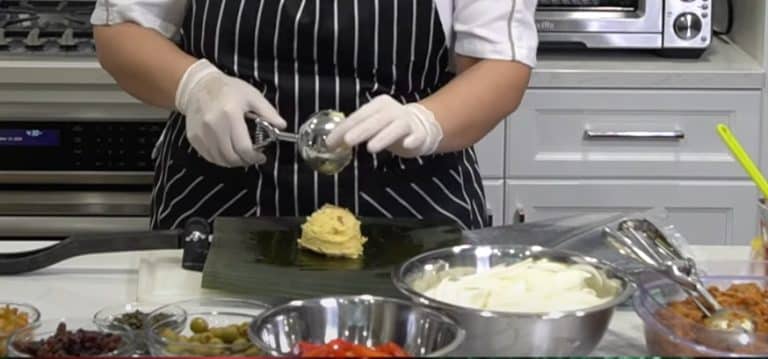
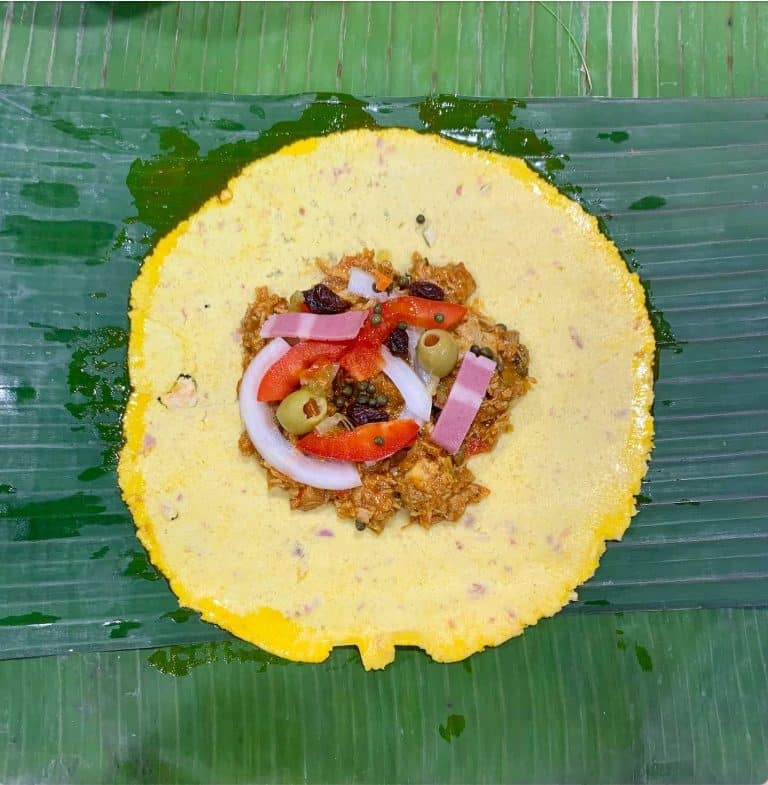
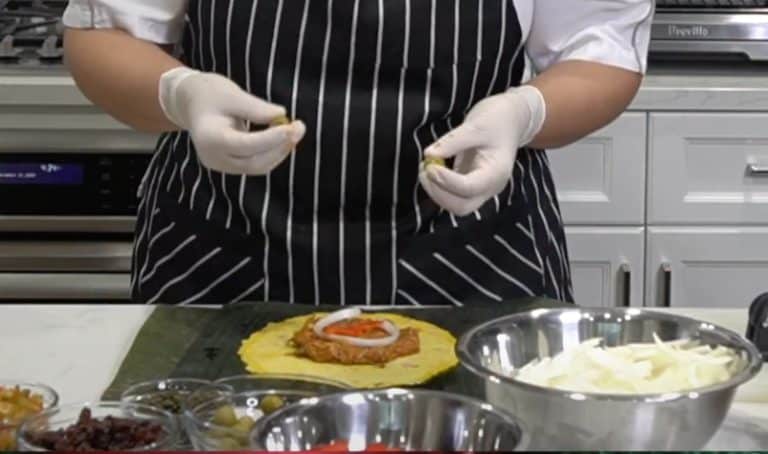

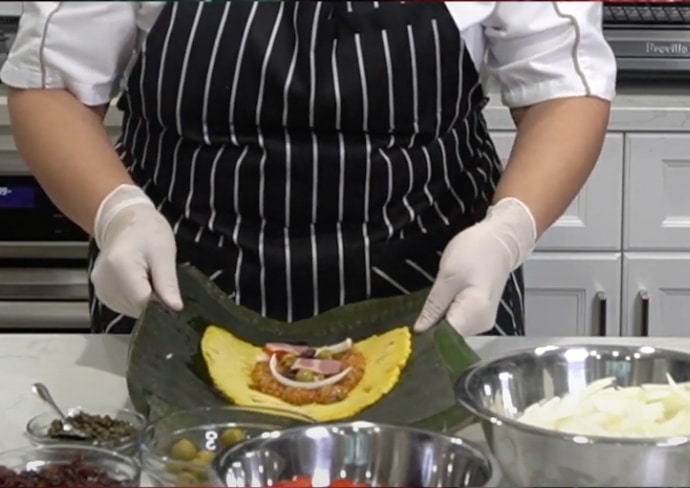
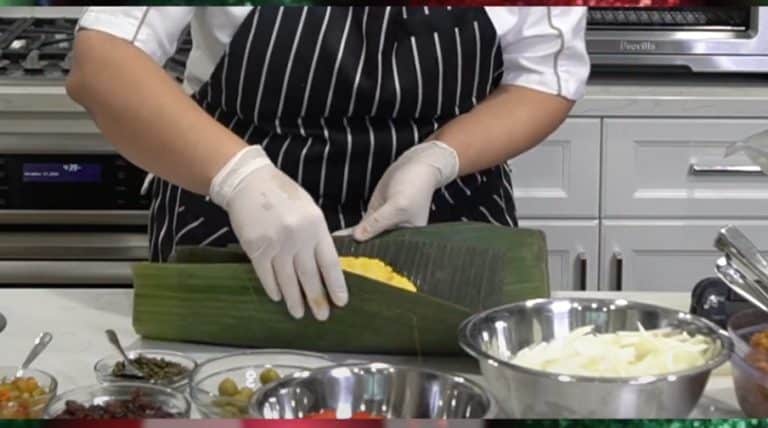

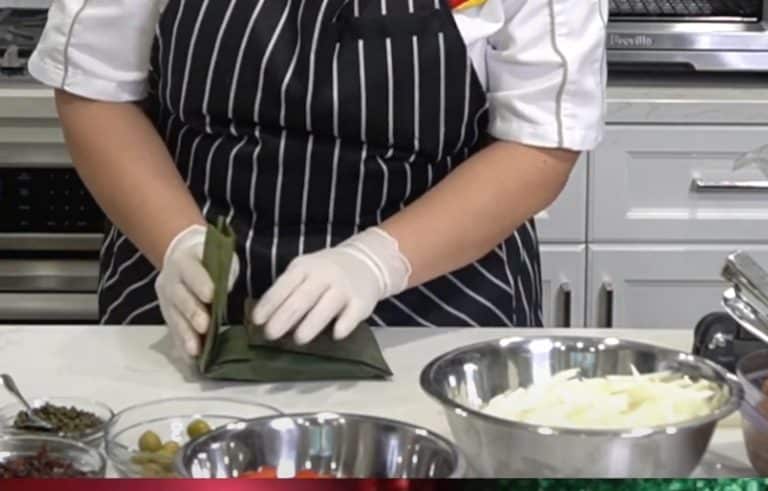


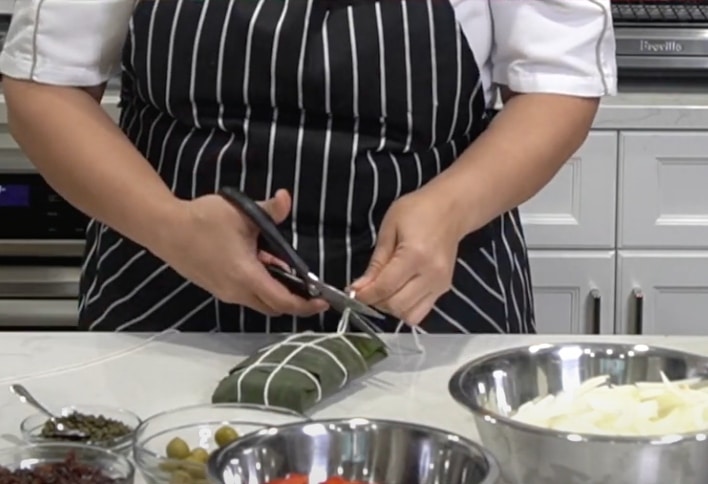

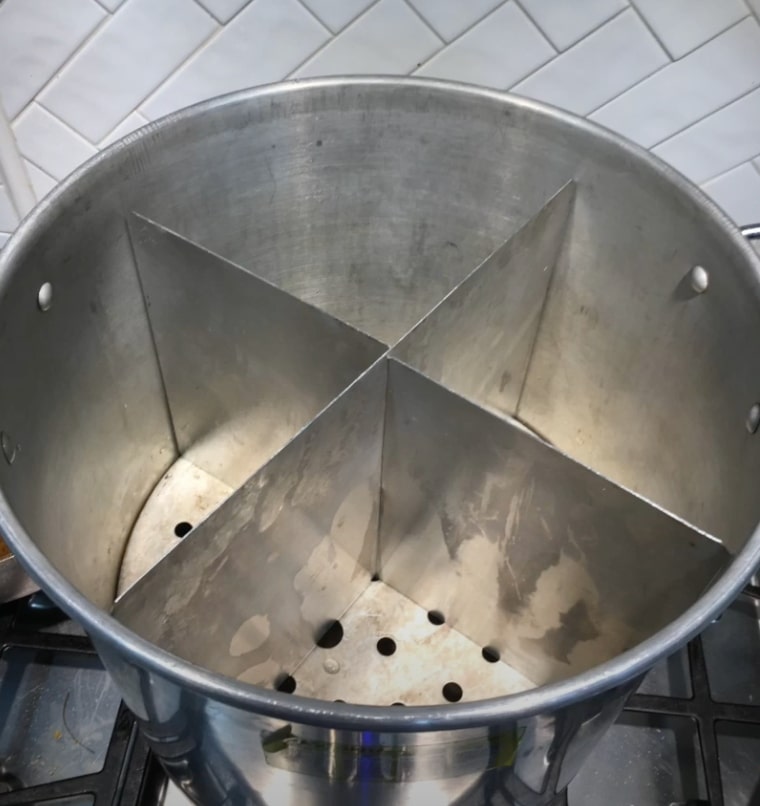
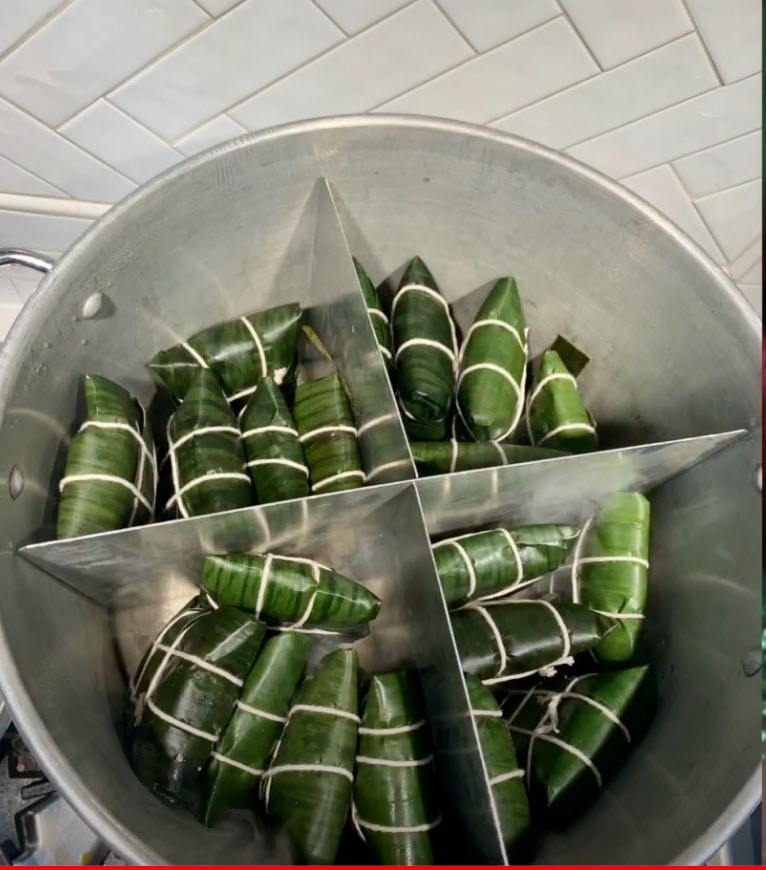
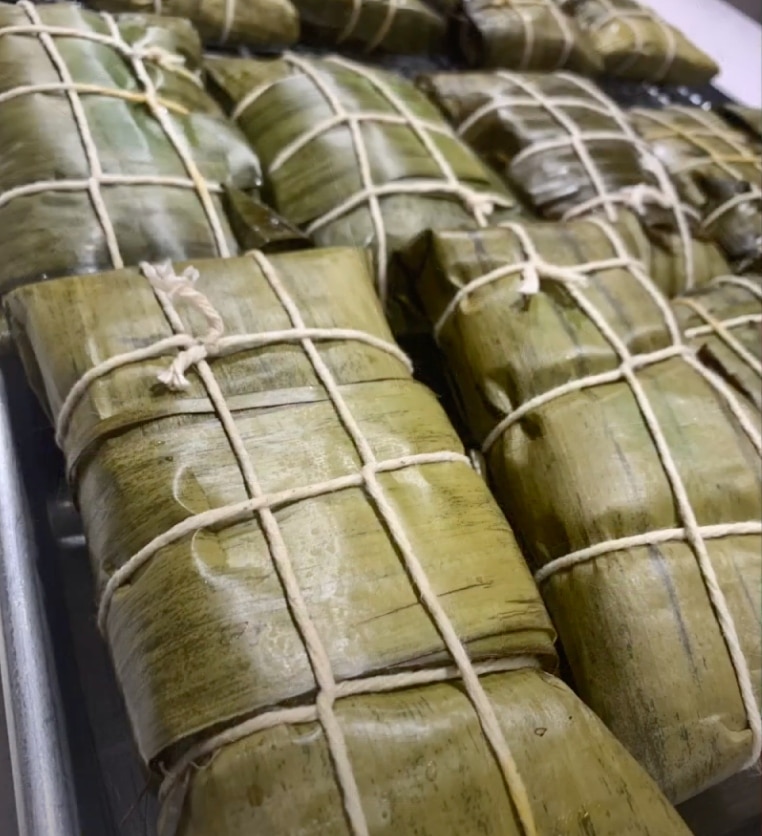
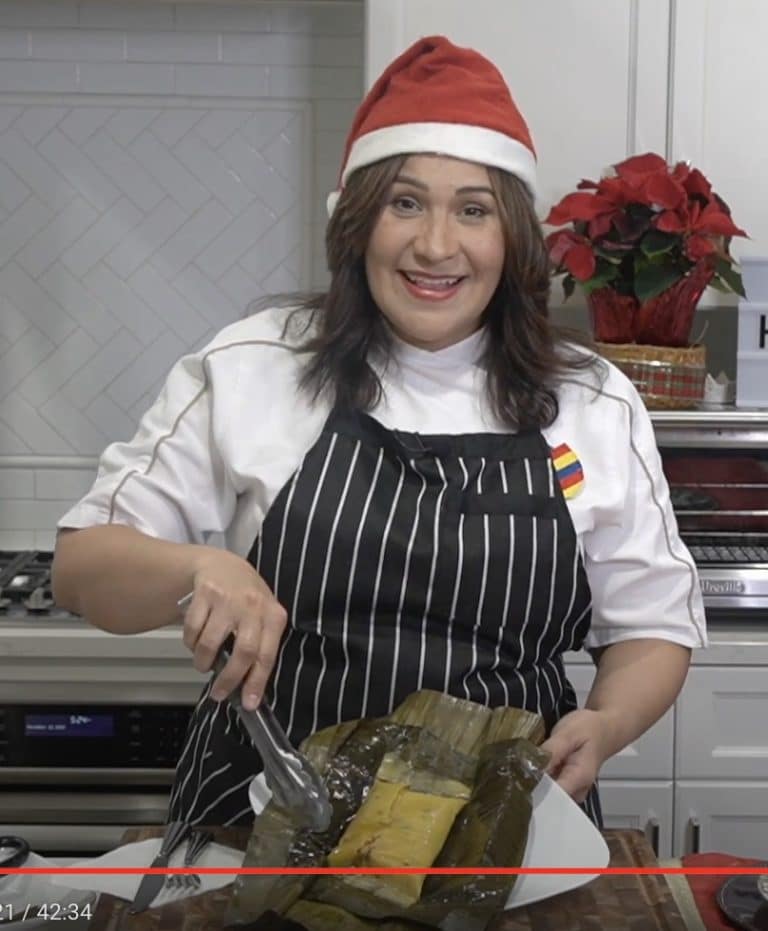
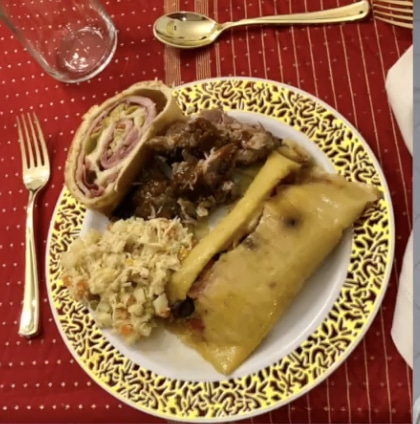
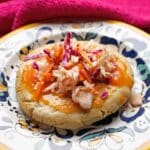
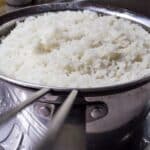
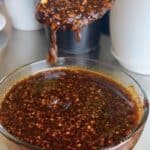
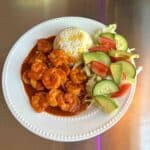
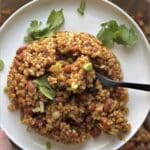
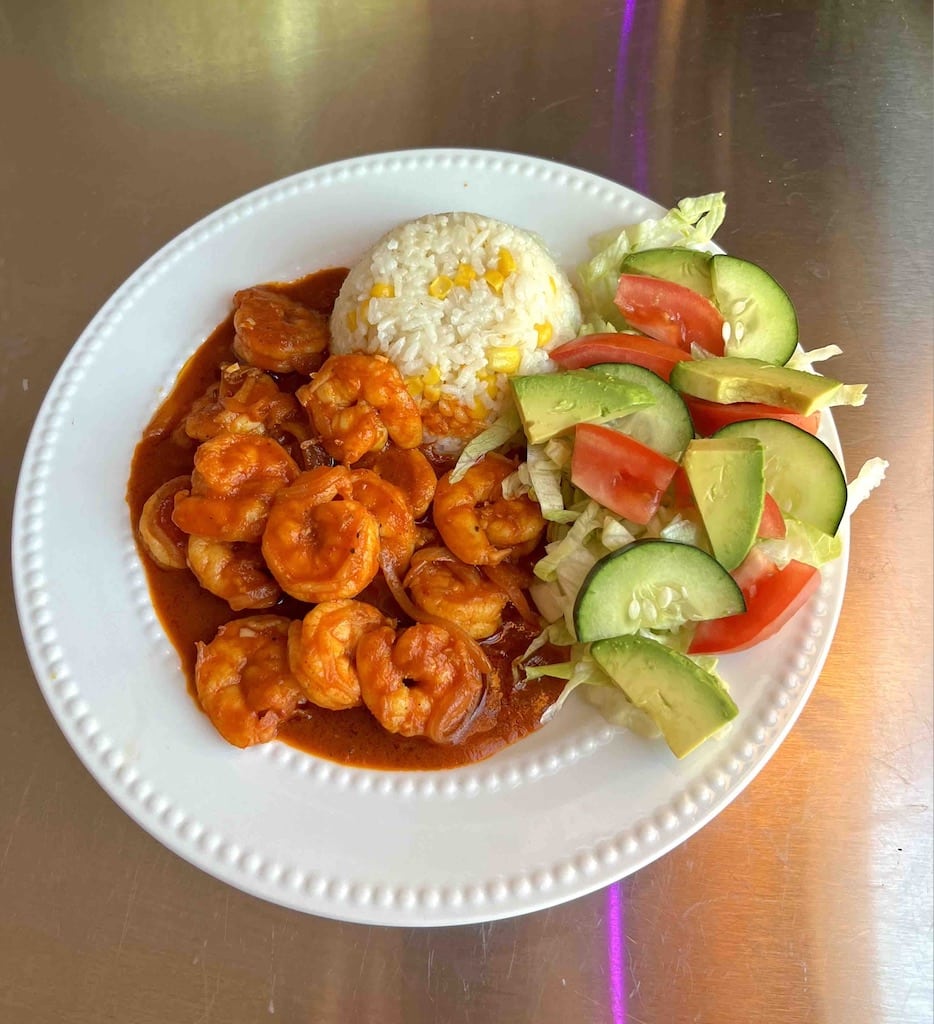
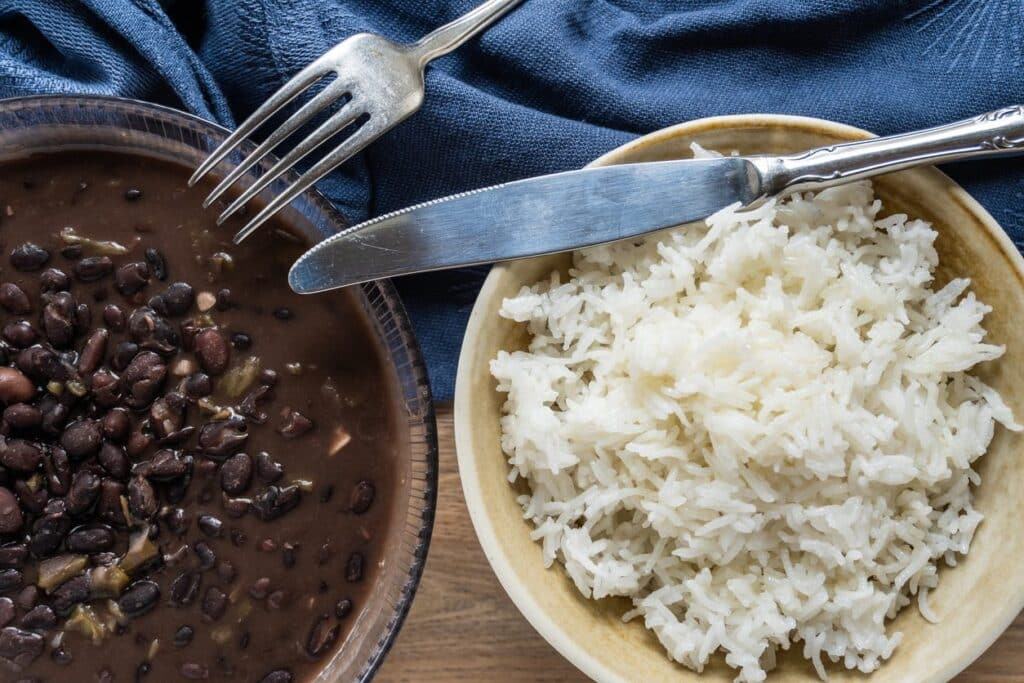

Got a question or suggestion?
Please rate this recipe and leave any tips, substitutions, or Qs you have!
Suggestions and questions from our readers
Great recipe!
We tried it last year and the hallacas turned out simply amazing. We are planning to make them again this year and will make this recipe our new family tradition.
Thank you Liliana!
Thank you very much Flavia!
Gracias for el comment tan lindo! Si quieres votar por Liliana’s Hallacas: https://familiakitchen.com/contests/your-familys-favorite-tamales/
Las mejores hallacas hechas por nuestra querida Lila, una venezolana que cocina con el corazón
Tan bella Carolina! Muchas gracias! Ahora ya todos saben el secreto de mis comidas jajajaj❤️❤️❤️
Gracias for el comment tan lindo! Si quieres votar por Liliana’s Hallacas: https://familiakitchen.com/contests/your-familys-favorite-tamales/
Las Mejores hallacas ufffff felicidades Liliana
Tan bella Carolina! Muchas gracias! Ahora ya todos saben el secreto de mis comidas jajajaj❤️❤️❤️
Muchas gracias Milagros! 🤩🤗🥰
Gracias for el comment tan lindo! Si quieres votar por Liliana’s Hallacas: https://familiakitchen.com/contests/your-familys-favorite-tamales/
This is the best Christmas dish ever and the recipe is very well explained. Thanks.
Gracias for el comment tan lindo! Si quieres votar por Liliana’s Hallacas: https://familiakitchen.com/contests/your-familys-favorite-tamales/
Muchas gracias Tiby!!! Thank you very much!
La mejor receta de hallacas venezolanas, súper deliciosas
Gracias for el comment tan lindo! Si quieres votar por Liliana’s Hallacas: https://familiakitchen.com/contests/your-familys-favorite-tamales/
Muchas gracias Rafael!!!
Deliciosas! Las amo y las amaré por siempre! Tus hallacas son las mejores!!!
Gracias for el comment tan lindo! Si quieres votar por Liliana’s Hallacas: https://familiakitchen.com/contests/your-familys-favorite-tamales/
Muchas gracias Sindy! Como siempre tan bella!
Always The Best👍
Felicidades Liliana. Your hallacas were voted No. 1 by the Familia Kitchen community!
Feliz Navidad and congratulations!